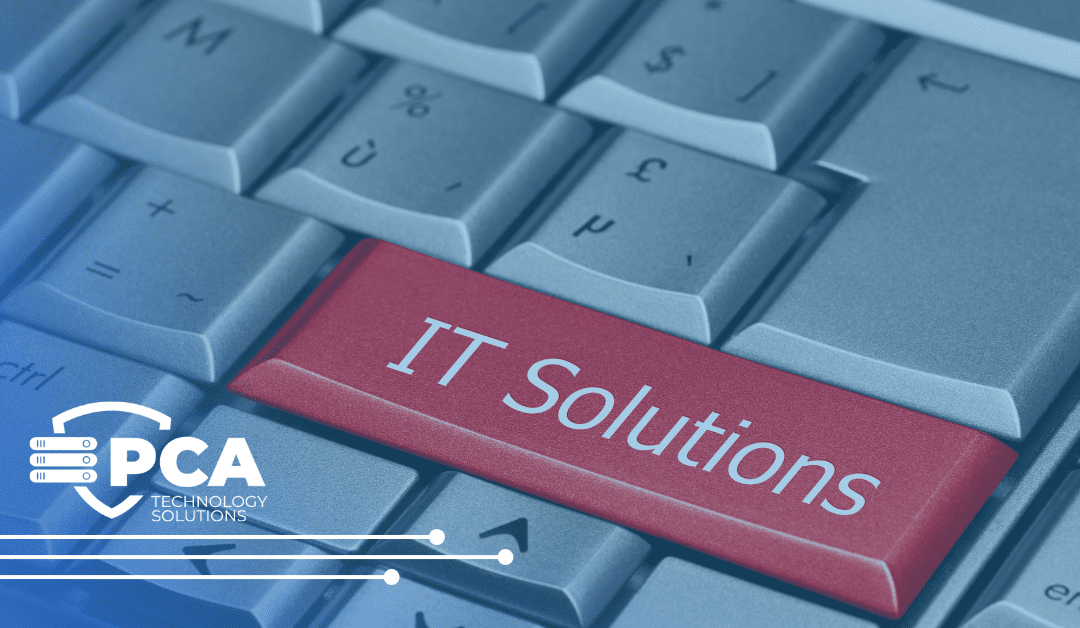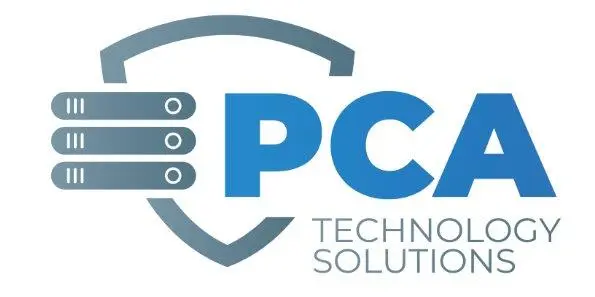2025 Tech Budget Planning: How to Prioritize for Innovation and Efficiency
2025 Tech Budgeting Trends & Strategic Investments
Designed by Freepik
2025 Tech Budget Planning
With modest tech budget growth on the horizon, business leaders are prioritizing cloud optimization, generative AI, and tech debt management to drive innovation and efficiency in the coming year.
Technology budgeting trends reveal several key shifts as we approach 2025. Executives are anticipating a gradual increase in the IT budget, according to the survey conducted by Forrester of 2,200 business and technology decision-makers. With emerging technologies, organizations are working towards strategic budgeting decisions to maximize their ROI.
“Technology architecture leaders are seeing some glimmers of hope in the wider economy, bringing cautious optimism.” Paul McKay, Vice President, and Research Director of Forrester stressed on his recent blog.
Modest Budget Increase in Cloud Solutions
Increasing Tech Budgets
Despite global economic challenges, many business leaders expect slight increases in their budgets for 2025.
However, these increases are often not enough to offset inflationary pressures. As a result, the demand for cloud-based solutions continues to grow. According to CIO Dive, many CIOs are planning to allocate a massive portion of their technology budgets to cloud investments this coming year. Companies now focus on optimizing their cloud usage, negotiating better deals, and adopting hybrid models to control expenditures while maintaining flexibility.
Innovation and Operational Efficiency
Generative AI Integration
Generative AI remains a major investment focus as businesses leverage AI for innovation and operational efficiency. It is expected to be a game-changer for many industries, prompting companies to budget for tools that can enhance productivity and creativity. Forrester’s Budget Planning Survey 2024 indicates 92% of technology leaders plan to increase their budget in AI and data management.
However, AI adoption also raises concerns about cost and scalability, requiring companies to allocate a budget not just for AI tools but also for the necessary infrastructure and talent to support these initiatives.
Breaking Down the Costs:
Computational Costs
Training and running sophisticated AI models, especially large language models (LLMs) like those powering generative AI, demands significant computing power. This translates to hefty investments in high-performance GPUs, specialized AI chips, and cloud computing resources.
Data Costs
AI thrives on data. Acquiring, cleaning, labeling, and storing the vast amounts of data needed to train and refine AI models can be a major expense. This includes the cost of data acquisition, data management platforms, and data storage solutions.
Talent Acquisition
Developing and deploying AI solutions requires skilled data scientists, AI engineers, and machine learning specialists. Competition for this talent is fierce, driving up salaries and recruitment costs.
Infrastructure Upgrades
Existing IT infrastructure may need significant upgrades to handle the demands of AI workloads. This could involve investments in network bandwidth, storage capacity, and data center infrastructure.
Ongoing Maintenance & Refinement
AI models are not static; they require continuous monitoring, retraining, and fine-tuning to maintain accuracy and performance. This necessitates ongoing investment in maintenance, updates, and potential model revisions.
Scalability Challenges:
Handling Growing Data Volumes
As AI applications expand, the volume of data they process can grow exponentially. Ensuring the infrastructure can handle this influx of data and maintain performance is crucial.
Model Deployment & Management
Deploying and managing AI models across different departments and use cases can become complex, especially as the number of models increases.
Integration with Existing Systems
Integrating AI solutions with existing business processes and legacy systems can be challenging and costly, requiring careful planning and potential system upgrades.
Ensuring Ethical & Responsible AI
Scaling AI responsibly requires addressing ethical considerations like bias, fairness, and transparency. This may involve investing in tools and processes to ensure responsible AI development and deployment.
By acknowledging these cost and scalability concerns upfront, businesses can make informed decisions about their AI investments. This includes developing a clear AI strategy, prioritizing use cases with strong ROI potential, and carefully evaluating the infrastructure and talent needs to support their AI ambitions.
Addressing Technical Debt
The cost of outdated technology hinders the growth and productivity of many organizations. As highlighted by Forrester, effective budgeting for 2025 requires a focus on investing in more efficient and modern solutions which includes the following:
Evaluate Legacy Systems
Identify outdated software, hardware, or systems that need replacement or modernization.
Prioritize Upgrades
This approach helps improve efficiency and reduces operational risks tied to outdated technology.
Focus on Scalability & Futureproofing
Choose solutions that can adapt to evolving business needs without requiring constant overhauls.
Consider Managed IT Services for Ongoing Optimization
Partnering with a managed IT service provider like PCA Technology Solutions can help continuously monitor and optimize IT infrastructure, ensuring that budgets are allocated efficiently when upgrading existing systems.
Experimentation Beyond AI and Emphasis on Security
Companies are expected to pilot and experiment with different innovative technologies like quantum computing, edge computing, and blockchain in 2025 to stay ahead of the curve. But with the increasing reliance on technology comes a greater need for robust cybersecurity measures.
Think of it this way: as businesses embrace these cutting-edge technologies, they’re also expanding their attack surface. Quantum computing, while promising, could potentially break current encryption methods, leaving sensitive data vulnerable. Edge computing, with its distributed nature, introduces new entry points for malicious actors. And blockchain, despite its inherent security features, is not immune to exploitation, as vulnerabilities in smart contracts and decentralized applications can be targeted.
Budgeting for security solutions is no longer optional; it is essential. Organizations must ensure they are investing in the right tools and strategies to protect their data and systems from evolving threats. This means going beyond basic antivirus software and firewalls.
$4.88M
4.88 million is the average cost of a data breach in USD.
Consider these critical areas:
Threat Intelligence
Staying informed about the latest threats and vulnerabilities is crucial. Investing in threat intelligence platforms and security information and event management (SIEM) systems can provide valuable insights and early warnings.
Data Encryption
Protecting data both in transit and at rest is paramount. Employing strong encryption algorithms and robust key management systems is essential.
Security Awareness Training
Employees are often the weakest link in cybersecurity. Regular training on best practices, phishing awareness, and social engineering tactics can empower them to act as the first line of defense.
Allocating the budget to security will help safeguard business operations and maintain customer trust. A security breach can lead to financial losses, reputational damage, and legal liabilities. By prioritizing cybersecurity, businesses can demonstrate their commitment to protecting customer data and maintaining a secure operating environment.
At PCA Technology Solutions, we understand that managing a technology budget can be overwhelming, especially with the rapid pace of change in the industry. That is why our managed IT Assurance is designed to give you peace of mind. By partnering with our team, you can keep your systems up-to-date and secure, allowing you to focus on your core business outcomes rather than the complexities of technology management.
Key Notes
As businesses prepare for 2025, aligning budget priorities and exploring cutting-edge technologies will be essential in driving efficiency, staying competitive, and managing financial constraints. By strategically aligning your technology budget with these trends and leveraging PCA’s managed IT Assurance, you can set your organization up for success for the years to come.
Ready to take your next step in cybersecurity and IT solutions? Talk to us today!
Author

David Witt
Interim Client Solutions Manager, PCA Technology Solutions
A seasoned IT professional with nearly a decade of experience at PCA, David started as a network engineer before transitioning into client-facing roles. David is dedicated to fostering strong relationships and delivering exceptional IT services. As a Client Solutions Manager, he leads a team dedicated to providing world-class client support.
David is a proud family man and enjoys spending time outdoors, serving his community, and cheering on the Kansas City Chiefs.

Enhanced Security with Remote Monitoring and Management
In today's digital world, the line between convenience and vulnerability has become incredibly thin. Businesses of all sizes (yes, even small ones) face growing cybersecurity threats every day. From ransomware to phishing attacks, no company is immune. That's where...

What’s New in MS Teams: 10 Must Know 2025 Features
Microsoft Teams has rolled out a suite of updates in 2025, designed to enhance user experience and workplace efficiency. These changes, based on valuable user feedback, help streamline workflows, improve communications, and make everyday tasks feel more seamless. ...

How Business IT Solutions Drive Growth and Saves Costs
Let's face it: Running a business isn't cheap. Between rent, salaries, marketing, and everything else in between, it's easy to look at business IT solutions as "just another expense." But what if we shifted that perspective completely? What if we told you that the...


